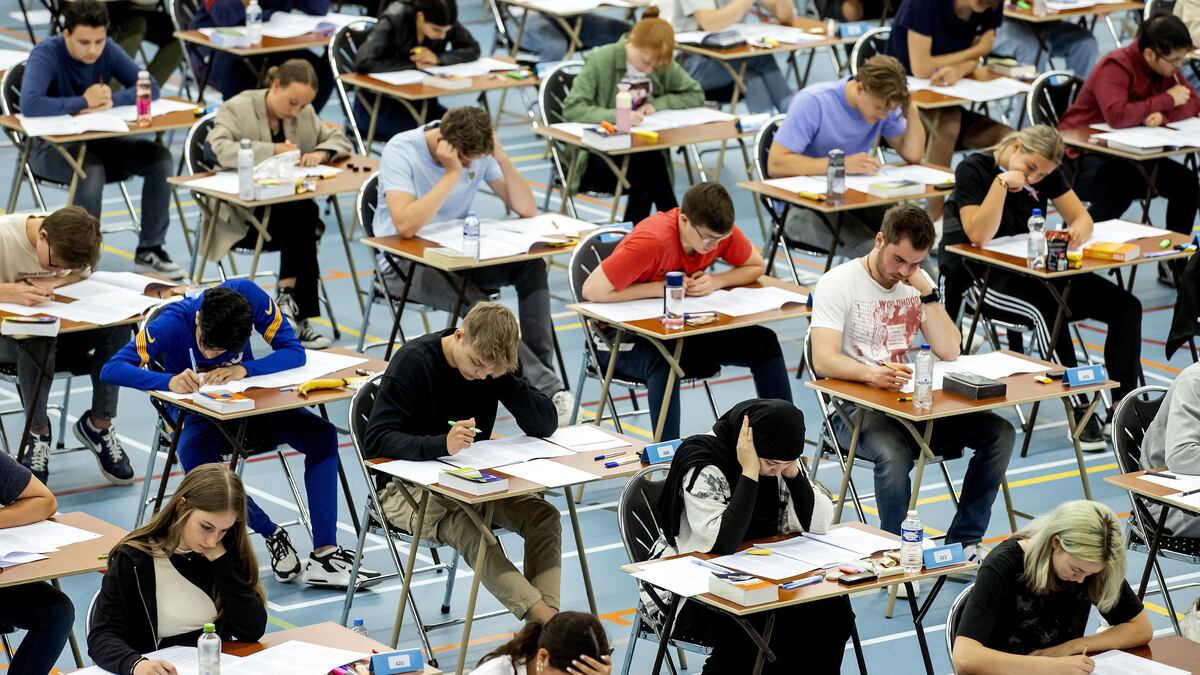- The CFA Level 1 is known for its difficulty. Pass rates are typically below 40%.
- Digital assets have recently been added to the curriculum.
The Chartered Financial Analyst’s Institute is constantly evolving the curriculum for its notorious exams.
Over the past few years, this has meant adding topics about blockchain and digital assets.
While candidates sitting for the Level 1 exam will have encountered examples on distributed ledger technology and blockchain since 2019, next year will be the first test with modules including “Introduction to Digital Assets.”
The 2024 CFA Level I curriculum content will be tested from February, a spokesperson for the not-for-profit told DL News.
The CFA institute shared a question, and we added another prep question.Test your knowledge below.
Got what it takes?
1. The consensus protocol on a distributed ledger technology network refers to:
A. The standardised approach that governs how digital assets are generated from a blockchain network should be valued.
B. Programs embedded in electronic transaction records that are coded to self-execute according to predetermined conditions.
C. The set of rules governing how blocks are cryptographically linked to the chain to become immutable on the distributed ledger network.
Here is an example taken from study materials for the November sitting of Level 1, seen by DL News, from the module on “Fintech in Investment Management.”
2. Which of the following statements about distributed ledger technology is most accurate?
A. A disadvantage of blockchain is that past records are vulnerable to manipulation.
B. Tokenisation can potentially streamline transactions involving high-value physical assets.
C. Only parties who trust each other should carry out transactions on a permissionless network.
Answers below.
The correct answer to the No. 1 question from “Introduction to Digital Assets” is C.
When transactions enter a node of the distributed ledger, they are bundled into “blocks” and cryptographically “chained” together to facilitate verification of the prior history. How blocks are chained together is determined by the consensus protocol, a set of rules governing how blocks can join the chain and become the immutable “truth.” The consensus protocols are designed to resist attempts at malicious manipulation up to a certain level of security.
The correct answer to the No. 2 (taken from study materials) is B.
By enabling electronic proof of ownership, tokenisation has the potential to streamline transfers of physical assets such as real estate. The high cost and difficulty of manipulating past records is a strength of blockchain technology. Permissionless networks do not require trust between the parties to a transaction because the record of a transaction is unchangeable and visible to all network participants.
